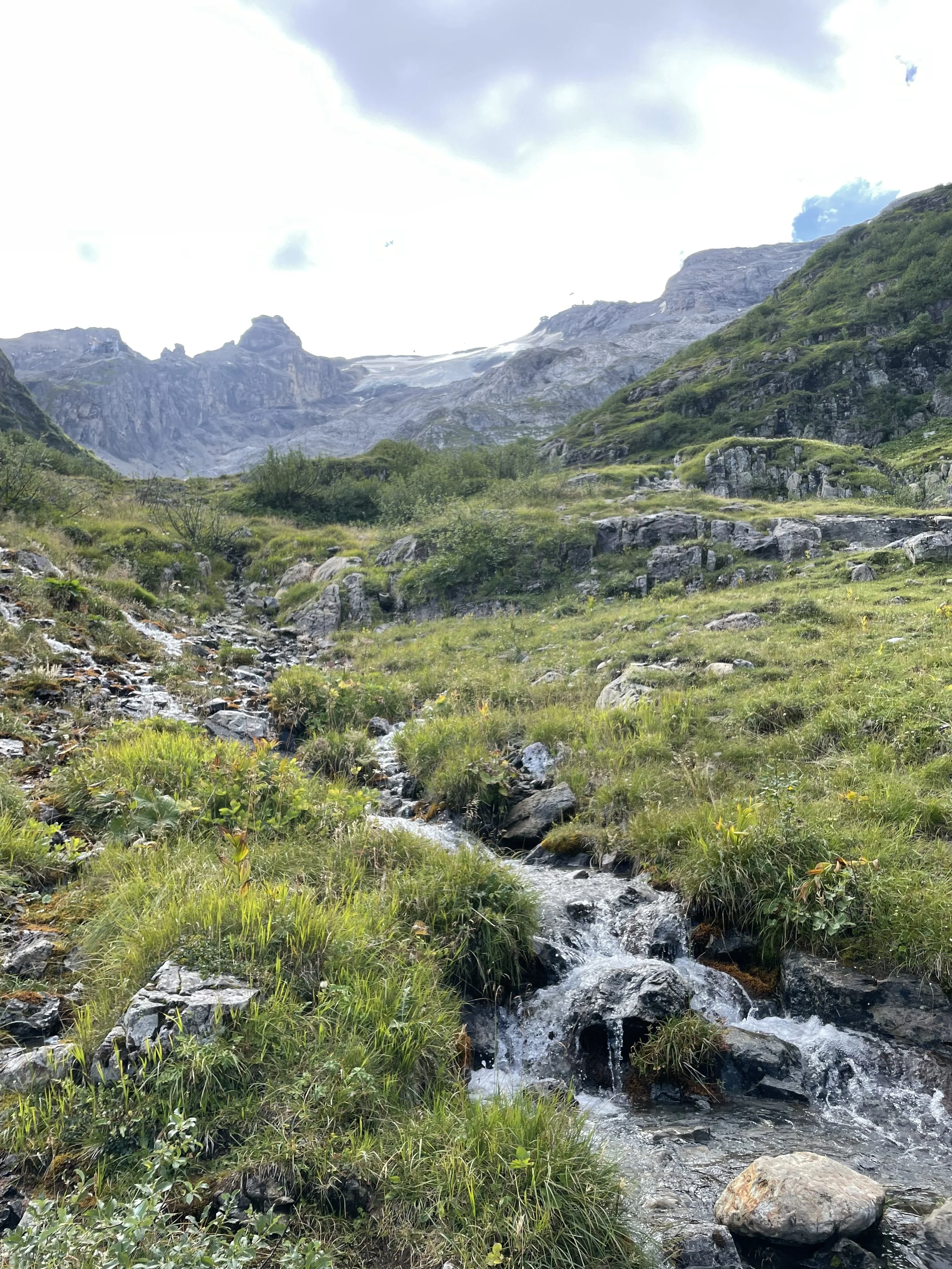How is climate change altering the phenology, quality, and quantity of aquatic-to-terrestrial subsidies?
SNSF Starting Grant Project - NUTriphenol
Climate change is rapidly shifting the quantity, quality, and phenology (i.e., the timing of recurring biological events) of food resources across a diversity of food webs. Understanding the potential of consumers to cope with these shifts in food quantity, quality, and phenology remains a key challenge in predicting food web responses to climate change. Phenological advancement is typically happening faster at lower trophic levels, creating phenological mismatches between consumers and their food resources. Past work on phenological mismatches has generally focused on food availability, with little attention given to phenological variation in food quality. However, even with sufficient quantities of food, consumers may encounter nutritional deficits if they become phenologically-mismatched with resources containing essential nutrients. While some animals have evolved the capacity to metabolically alter the form of organic compounds, allowing them to avoid mismatches for key nutrients, these processes are often highly temperature-dependent, creating uncertainty about the effects that warming temperatures may have on the phenology of both nutrient availability and demand.
In order to predict the effects of climate change on entire food webs, it is critical that we understand how climate change generates nutritional mismatches, and how consumers respond to these mismatches. The adaptive capacity of most consumers in relation to changes in nutrients is largely unknown, and mechanisms underlying the evolution of nutritional metabolism in some of the most critically-important nutrients, like fatty acids, are poorly-studied. Through plasticity in their rates of development and nutritional metabolism some consumers, like insects, may either buffer shifts in the availability, quality, and phenology of basal resources, or serve to magnify mismatch risks for higher trophic levels, such as birds.
The NUTRIPHENOL team will focus on the ecophysiology of emergent aquatic insects, which serve as key sources of essential fats for higher order consumers across linked aquatic-terrestrial ecosystems. We will ask questions including: 1) How does temperature-based variation community structure affect the phenology, quantity, and nutritional quality of aquatic-to-terrestrial subsidies? 2) How does temperature alter the nutritional quality of aquatic-to-terrestrial subsidies via effects on the nutritional composition of basal resources? 3) How do temperature-mediated plasticity and thermal adaptation alter the nutritional phenology of emergent insect subsidies? 4) How will climate change shift the phenology, quantity, and quality of aquatic-to-terrestrial subsidies and how will such shifts compare to expected phenological shifts in riparian consumers?
One way to study these questions is by examining how the nutritional content, biomass, and phenology of emergent insects varies along these temperature gradients, such as those generated through elevation, examining the role of species turnover as well as intraspecific phenotypic differences in the field. We can also bring aquatic insect populations from aquatic ecosystems of different temperatures into a common garden environment in the lab and rear them at variable temperatures, on foods of differing nutrient content. Experiments like this allow us to examine developmental phenotypic plasticity in response to factors like temperature and diet, as well as local adaptation in traits related to development, growth, and nutritional metabolism.

